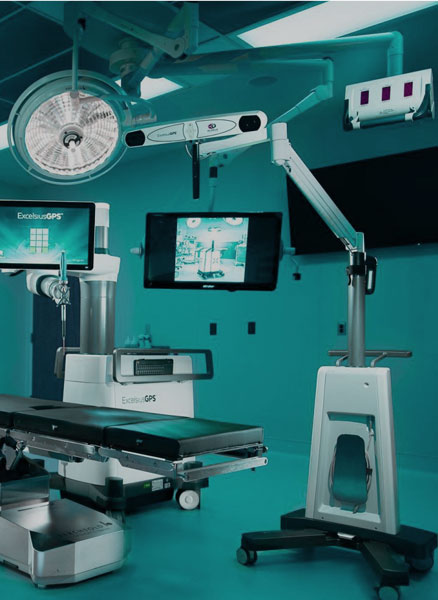Integrating gas springs into medical equipment requires careful consideration of various design factors to ensure optimal performance, safety, and usability. Some important design considerations and specifications include:
Determine the maximum load or weight that the gas spring will need to support. This includes considering both the static load (e.g., weight of equipment) and dynamic load (e.g., additional force applied during movement or adjustment).
Define the required stroke length, which is the distance over which the gas spring can extend and compress. Ensure that the stroke length matches the range of motion needed for the specific application within the medical equipment.

Select gas springs with appropriate sizes and dimensions to fit within the available space and accommodate the desired movement or adjustment range. Consider factors such as overall length, diameter, and mounting options to ensure compatibility with the equipment design.
Determine the required gas spring pressure or force needed to support the intended load and achieve the desired movement. This involves calculating the force required to counteract gravity and any additional forces applied during operation.
Consider the desired speed of movement and the need for damping or controlled motion. Gas springs can be customized with specific damping characteristics to provide smooth and controlled movement, which is particularly important for medical applications requiring precision and stability.
Evaluate the operating environment and conditions to ensure that the gas springs are compatible with factors such as temperature, humidity, and exposure to chemicals or sterilization procedures. Choose gas springs with appropriate materials and coatings to withstand these conditions and maintain performance over time.
Incorporate safety features such as built-in locks, overload protection, or fail-safe mechanisms to prevent accidents or injuries in case of malfunction or excessive force. Compliance with relevant safety standards and regulations is essential for medical equipment used in healthcare settings.
Select gas springs with durable construction and materials to withstand frequent use, sterilization procedures, and harsh operating conditions. Consider factors such as corrosion resistance, fatigue resistance, and maintenance requirements to ensure long-term reliability and performance.
Ensure compatibility with control systems or mechanisms used to operate and adjust the medical equipment. Gas springs may need to be integrated with manual controls, hydraulic systems, or electronic actuators depending on the specific application and user interface requirements.
By carefully considering these design considerations and specifications, manufacturers can effectively integrate gas springs into medical equipment to enhance functionality, usability, and safety for healthcare professionals and patients.